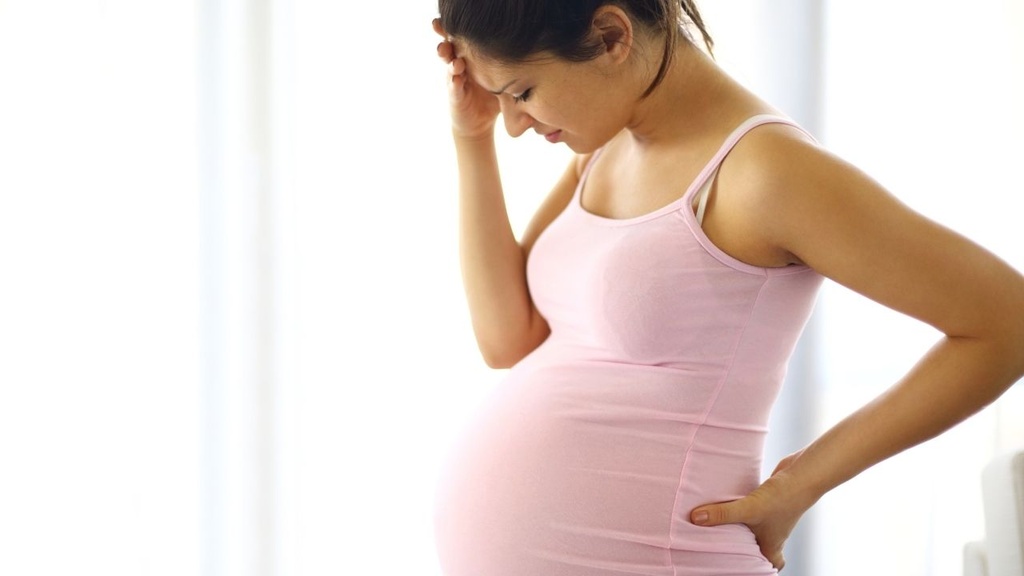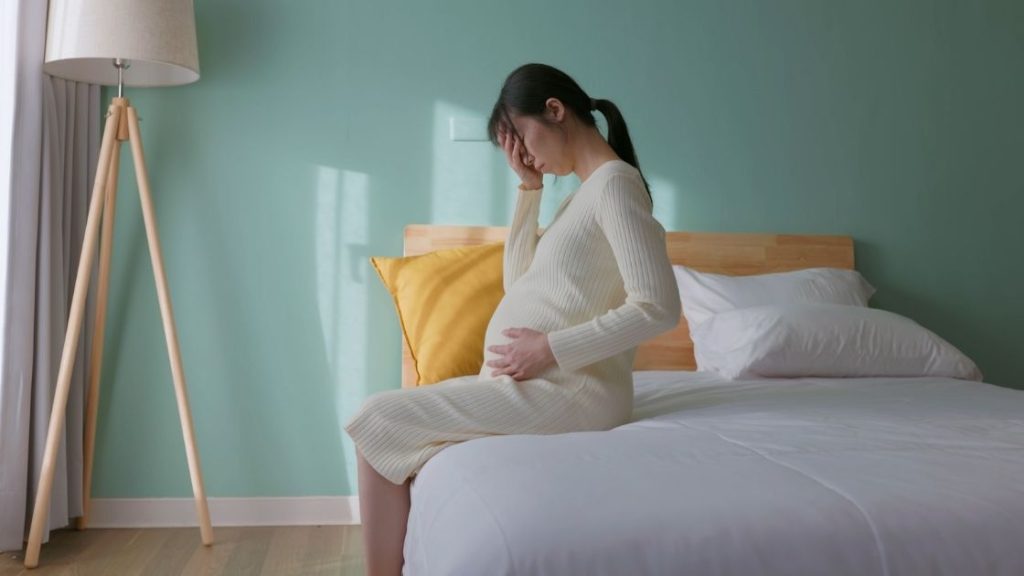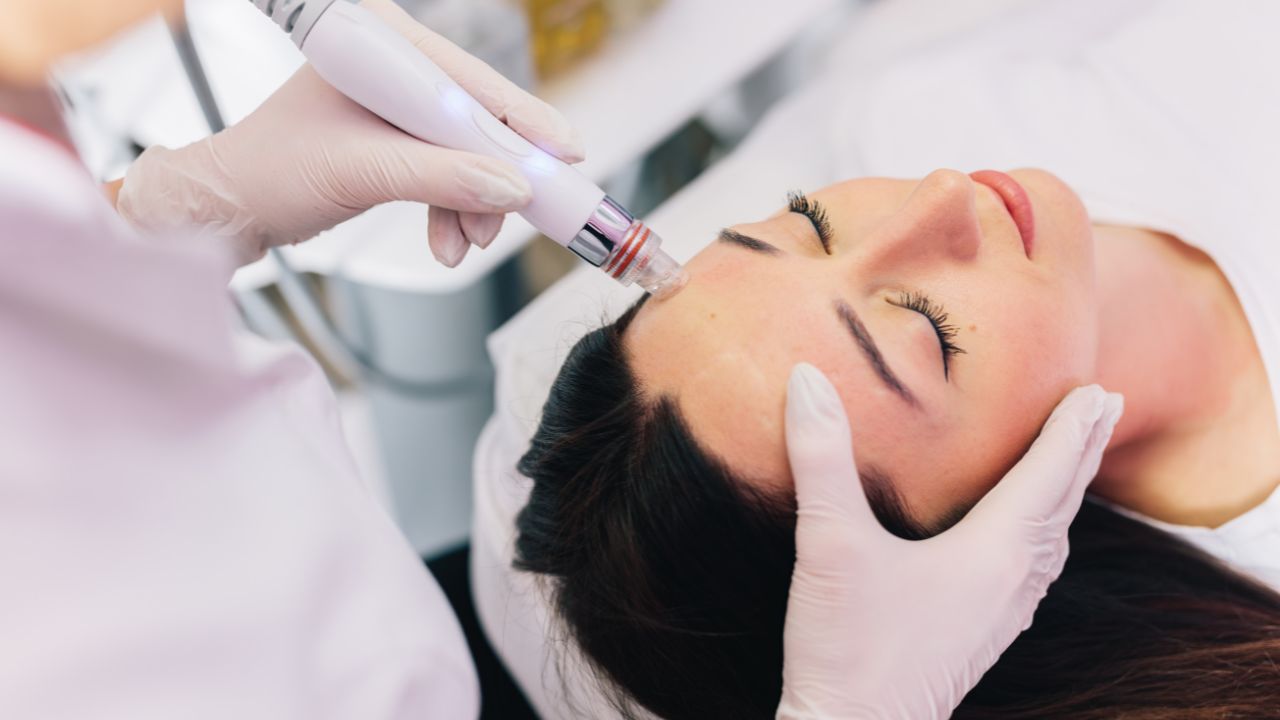For most women, pregnancy means a beautiful journey. However, one of the biggest challenges of pregnancy is piles or hemorrhoids. Pregnant women also face this issue as their bodies undergo a lot of changes at this time. This article aims to understand why piles happen in pregnancy, where they appear, what their symptoms are, what to eat and drink, how to treat them, and so on.
The appearance of piles, or hemorrhoids, is a very common case in pregnant women, which is associated with several factors, including hormones, pressure in the pelvic region and changes in lifestyle. Here are some reason why this happens:
Hormonal Changes: While pregnant, your body produces much more of the hormone progesterone, which relaxes blood vessel walls. While this is helpful for pregnancy, the walls of your veins may weaken and become more prone to swelling. The hormone also makes the digestion process slow which can be one of the reasons for constipation and thereby causing piles too
Constipation: Pregnant women may also suffer from constipation due to dietary changes, less physical activity, and action of the progesterone on the intestines. Piles can be inflamed or form due to straining during bowel movements.
Increased Blood Volume: Blood volume rises which further expands the vein and also makes Piles more prevalent by increasing blood volume, during pregnancy to support the growing baby.
Lifestyle Factors: Lower activity levels in late pregnancy can slow the digestive system, increasing the risk of constipation and piles.
Symptoms Of Piles In Female during Pregnancy
The symptoms of piles (hemorrhoids) in pregnancy are the same as it is at other times, but individual can feel more extreme symptoms due to increased sensitivity. Here are the common symptoms:
Itching and Irritation: Blood vessels surrounding the anus may become engorged, which could lead to itching or irritation on the skin
Pain or Discomfort: A common symptom of piles is pain, particularly while passing a stool or following a motion. The discomfort can vary from mild to acute, primarily based on the size and placement of hemorrhoids.
Swelling or Lumps: In the above part between buttocks, you can feel swollen or bulging veins, which can be small lumps. Internal hemorrhoids may not be felt at all, but they are often less noticeable than external Piles.
Bleeding: Blood may be bright red and show up on toilet paper, in the toilet bowl, or on the stool surface after a bowel movement. It is generally painless and produced due to the swollen veins.
A Feeling of Fullness or Pressure: Other pregnant women feel fullness, heaviness, or pressure deep in the rectal area, especially if they sit for long periods.
Mucus Discharge: Sometimes piles secrete mucus, which might result in a constant sensation of dampness or discomfort.
where does piles occur in female
Piles (hemorrhoids) are located in the rectal and anal region in females. The piles location may not be the same and they are usually classified into two primary classes.
Internal Piles : These form inside the rectum, above the anal canal which is the dentate line. The anal mucosa in this region has a few pain-sensitive nerves; thus, internal Piles are typically non-painful. However, they are capable of bleeding with defecating and can sometimes so far push out of the anus leading to discomfort.
External Piles : These happen underneath the skin surrounding the anus, which makes them easier to see and frequently more unpleasant. Nerve endings are concentrated in this area, so external Piles can be very painful, itchy and swollen .
Females of all ages can suffer from piles but it is observed more frequently in pregnancy due to increased pressure in the pelvic region. They are usually present with swollen, inflamed blood vessels in the rectum or anal area and can be mild to severe depending on things such as lifestyle, diet, and exercise.
Why piles cause itching
The itching caused by piles mostly occurs due to inflammation of the skin around the anus , a mucus discharge from the piles and insufficient hygiene. Adjustment to hormonal changes causes decrease of lubrication and elasticity of the skin, which always accompanies this itch during pregnancy.
Good hygiene is also necessary for the patients in order to avoid discomfort and that no other irritation should take place. So avoiding of any rough soaps or wipes and keeping the area dry can help too. Using a simple, unscented moisturizer or an anti-itch cream that your physician recommends can help soothe the area as well.

why piles pain at night
In the case of piles, the pain somehow increases at night. The pain can be due to prolonged sitting or lying down positions at the time pressure on the anal area . Constipation is another reason why moms-to-be can suffer from this condition.
It is common during pregnancy and often leads to straining when trying to go to the bathroom, which makes the pain during the night worse. So, to overcome this, one has to make sure to sleep in the right position, as well as relieve with some strategies as mentioned above.
There are several factors due to which one can feel Piles Pain at night . Some of the factors include :
Increased Pressure from Lying Down: Lying down can also redistribute blood flow to the lower rectum and can increase stress on the inflamed hemorrhoidal veins, especially if the lying position is straight on their back. This increased pressure can result in a painful and throbbing sensation.
Reduced Movement: During the night , extended times of inactivity could let the blood to collect around the hemorrhoids which will gain discomfort and swelling. Movement during the day combined with gravity would help with circulation in the lower half of the body, alleviating any pressure in or near the rectal area.
Body’s Natural Inflammatory Response: This is when your body is naturally in its repair mode and inflammatory processes can be quite active so nighttime is when your body is best able to focus on healing and that can sometimes aggravate the inflammation of hemorrhoidal tissues and cause more severe pain.
Sensitivity to Pain: While you are busy with the day activities, pain and discomfort seem less, but at night with no distractions pain and discomfort may seem more apparent. With the mind preoccupied less, mild discomfort becomes more intense and feels more apparent.

what piles patient can eat
Diet is one of the most important things for piles treatment. A high-fiber diet will not only cure ailments or symptoms but also prevent constipation . some of the Recommended foods include:
Whole grains (such as brown rice, oats)
Whole Fruits (Berries, Apples, Bananas)
Vegetables (broccoli, spinach, carrot)
Legumes (beans, lentils)
Water (8–10 glasses/day
These foods ease stool and encourage regular bowel movements, lessening the pressure to pass during defecation.

what piles patient cannot eat
Reversely, some kind of food item can lead the symptoms of piles to worsen. Patients should avoid:
Processed foods (ie. chips, pastries)
Hot sauces, peppers (spicy foods)
Caffeinated drinks (coffee, energy drinks)
Moderate alcohol (even in small quantities)
Low-fiber foods (i.e. white bread, cheese )
Constipation is more troublesome with Piles and these foods should be avoided as it improves the requirement to strain, enhancing fecal disparity and irritation of the affected area.
Can Piles Be Cured Permanently Without Surgery?
A lot of times you can take care of piles with actual way of life adjustments and also dietary modifications. Although non-surgical techniques can help relieve symptoms but they may be not a permanent solution and may not help in severe cases.
Topical treatments and over-the-counter medications provide temporary relief but are unsuccessful in curing piles permanently. Nonsurgical treatments can relieve your symptoms and are often effective at preventing piles from returning. But, in more advanced cases or when conservative treatments do not work, surgery may be required.
Which Piles Surgery is Best?
When surgical intervention is necessary, there are multiple options. Most common methods include:
Hemorrhoidectomy
What It Is: Hemorrhoidectomy is conventional surgery to remove piles, it’s commonly used when hemorrhoids are large or severe and can be internal or external.
The Procedure: Hemorrhoidal tissue is excised using a scalpel, cautery, or laser.
Advantages: Very Powerful for big hemorrhoids and has a low recurrence rate.
Pros: Minimal scarring, fast procedure, easy recovery
Cons: Painful recovery; 2–4 weeks to heal.
Ideal for: Very large or prolapsed hemorrhoids that do not improve with other treatments.
Stapled hemorrhoidopexy
What It Is: This is a stapling technique that relocates prolapsed hemorrhoids into the rectum and cuts off the blood supply to this overstretched tissue (Procedure for Prolapse and Hemorrhoids [PPH]).
How It Works: This method lifts hemorrhoid tissue and staples it so blood supply to the hemorrhoids is cut.
Pros: Less postoperative pain compared with conventional hemorrhoidectomy and faster recovery
Cons: Higher risk of recurrence (compared to hemorrhoidectomy), with some complication possible.
Ideal For: Internal hemorrhoids that have pushed out through the anus, especially Grades III and IV.
Laser Hemorrhoidoplasty
What It Is: An outpatient procedure that shrinks piles with laser energy.
How It Works: The laser causes the hemorrhoidal tissue to coagulate, leading to a decrease in the size and symptoms of the Piles.
Pros: Less discomfort, rapid recovery, and reduced bleeding and infection.
Cons: For a large or very prolapsed piles, it may not be as effective , multiple treatment sessions may be needed. Mild to moderate hemorrhoids and those that are not extremely prolapsed.
Ideal For: Mild to moderate hemorrhoids, especially those that are not severely prolapsed.
Thus Laser Hemorrhoidoplasty is the ideal treatment with all advantages of ideality/effectiveness, noninvasiveness, and a short recovery period with minimal effect on the patients daily life and is the treatment of choice for Modern day Piles. This can be a perfect solution for those looking for the simplest, fastest and most effective hemorrhoid treatment made with natural ingredients.
Hemorrhoidectomy, Stapled Hemorrhoidopexy, and Laser Hemorrhoidoplasty are the three main surgical options, and Laser Hemorrhoidoplasty is considered by many to be the best and most effective treatment because this type of procedure is minimally invasive, has a lower risk of complications, and has a shorter recovery period.
Major Reasons Laser Hemorrhoidoplasty is said to be better:
Minimally Invasive: Hemorrhoidectomy is a surgical removal of tissue; Stapled Hemorrhoidopexy uses staples to reposition the hemorrhoids; Laser Hemorrhoidoplasty shrinks the hemorrhoidal tissue with laser energy with minimal cutting. Hence, it inflicts very less trauma to the adjacent tissue.
Reduced Pain and Discomfort: The laser technique is characterized by only mild discomfort in comparison with the traditional Hemorrhoidectomy which is lengthy and painful to recover. Laser Hemorrhoidoplasty is gentle on tissues, and post-operative pain is minimized.
Faster Recovery: Treatment with laser typically allows you to return to daily life quicker. Such swift recovery is yet another benefit of this choice over Hemorrhoidectomy that could take weeks to recover from.
Lower Risk of Complications: Bleeding and infection risks are lower with Laser Hemorrhoidoplasty as blood vessels are cauterized with the laser. This gives an additional layer of comfort especially to a patient with apprehension regarding the potential complications after the procedure.
Effective and Precise The laser permits targeting of hemorrhoidal tissue only, preserved adjacent healthy tissue almost completely intact. This allows a lot of precision offering you a greater success rate for seeing results with mild to moderate hemorrhoids and prevents recurrence.
In conclusion, Laser Hemorrhoidoplasty has the advantages of high efficacy, minimal invasiveness, and short recovery, which is the best choice for piles treatment with the least interference in the life of patients. Its ideal for relieving hemorrhoids safely, quickly, and effectively.
The optimal surgical approach is often determined by the severity of the condition and the patient’s health history.
How Much Does Piles Laser Treatment Cost In India ?
Piles laser treatment is an advanced and minimally invasive surgical procedure that is rapidly gaining immense popularity owing to its effectiveness and faster recuperation time. The price of laser treatment will depend a lot on demographics and the type of medical facility.
The laser treatment of piles is highly preferred over piles surgeries because of its minimally invasive procedure, lesser rate of complications, and quick recovery time. Note: Always ask your treating proctologist or colorectal surgeon to give you a detailed estimate of the cost involved in the treatment.
Cost of laser therapy for piles in India usually lies between 40,000 to 1,00,000.
Thus, the price of piles (Hemorrhoids) laser treatment will differ, depending on the place, type of illness, the hospital or clinic and the expertise of the physician. But to give you a rough range:
Factors Influencing the Cost
Hospital/Clinic: The bigger hospitals can charge a higher price due to their highly advanced facilities. The smaller clinics can be cheaper for the procedure.
Surgeon’s Experience: High volume or specialized colorectal surgeons may have higher fees depending on experience.
Severity of Condition: : Patients with complicated or severe cases often need more extensive treatment, which raises the price.
Inclusions in Package: Many hospitals provide a package rate for the consultation, procedure, anesthesia, hospital stay, and follow-up. Once the procedure is done and depending on their inclusions, it can also help increase/decrease the total cost of the procedure performed.





